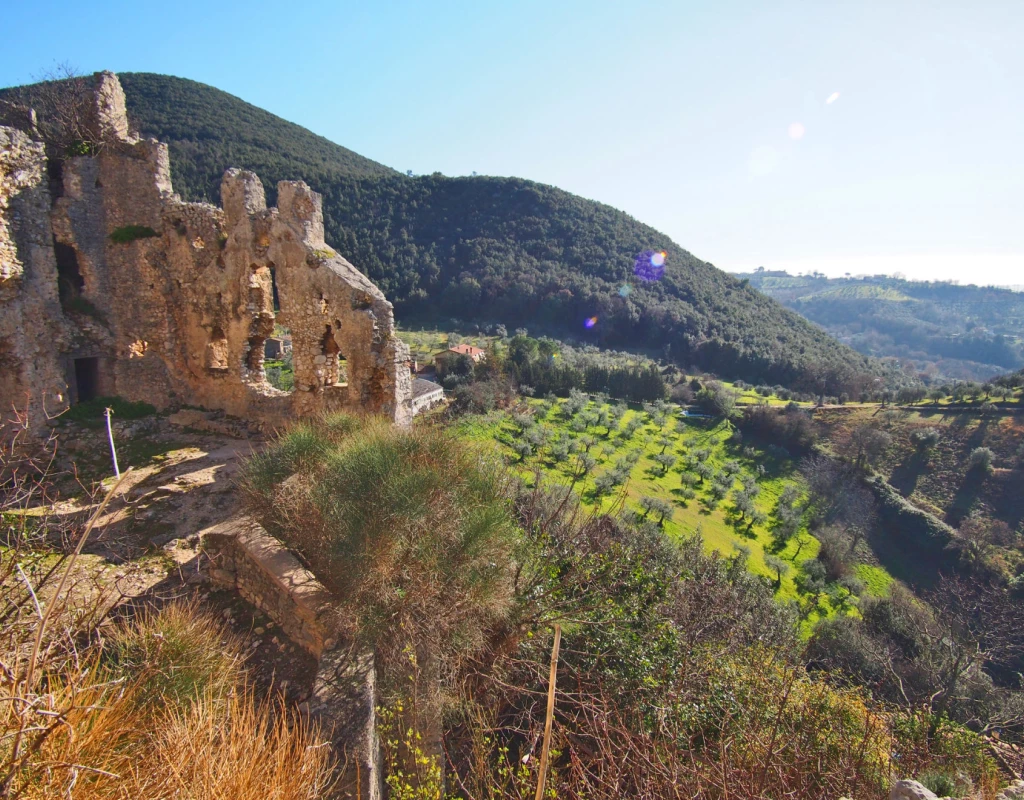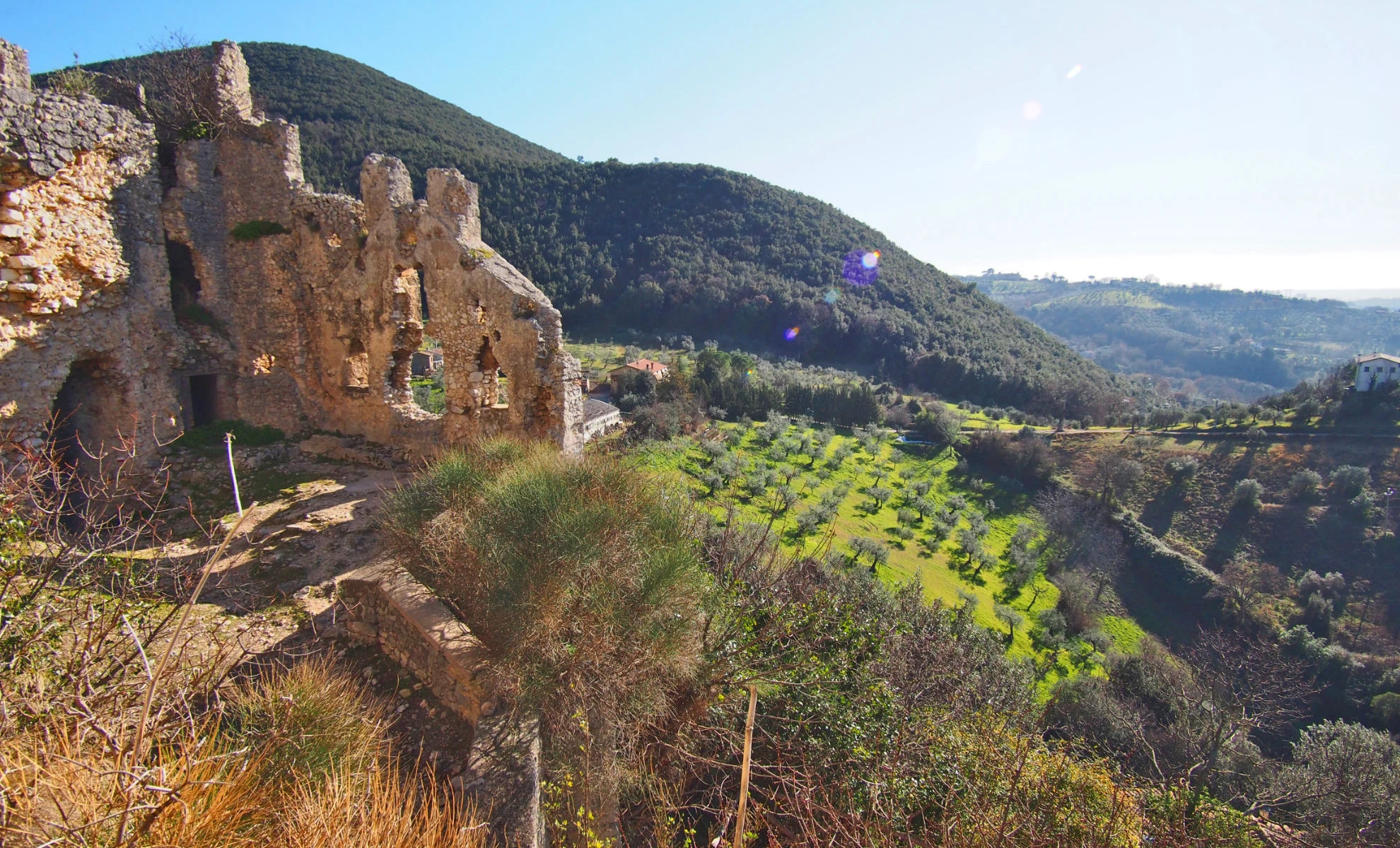From Poggio Catino to Catino it is a few kilometers of walk, but full of splendid views over the Tiber Valley, millenary history and macabre mysteries. Like that of the “White Lady”, a woman who is said to have been walled up alive inside the castle.
The original castle of Poggio Catino | Ph. Roberta Venditti

We are in the heart of the Sabina Tiberina, one of the most authentic areas of Lazio, characterised by a landscape made up of olive trees, hills, steep stony ground, beech and evergreen holm oak forests. Here the limestone soil has given rise to numerous karst phenomena: caves, sinkholes, canyons and huge ravines such as that of Revotano, near Roccantica, and that of Catino. And it is precisely on the northern edge of this great chasm that the famous pentagonal castle rises, more than twenty metres high, which separates Poggio Catino from Catino.
Poggio Catino | Ph. Roberta Venditti
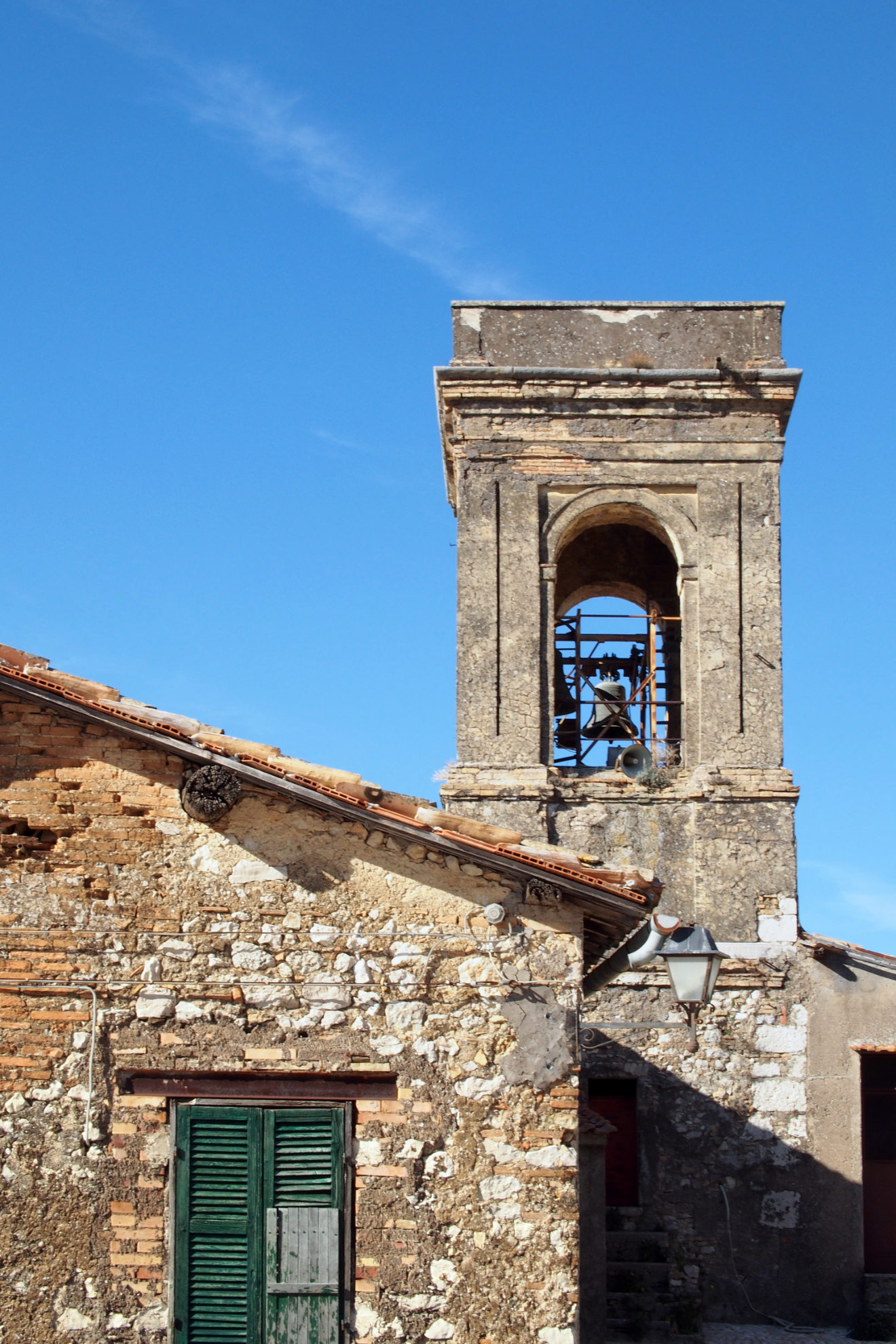
The pentagonal tower of Catino | Ph. Roberta Venditti
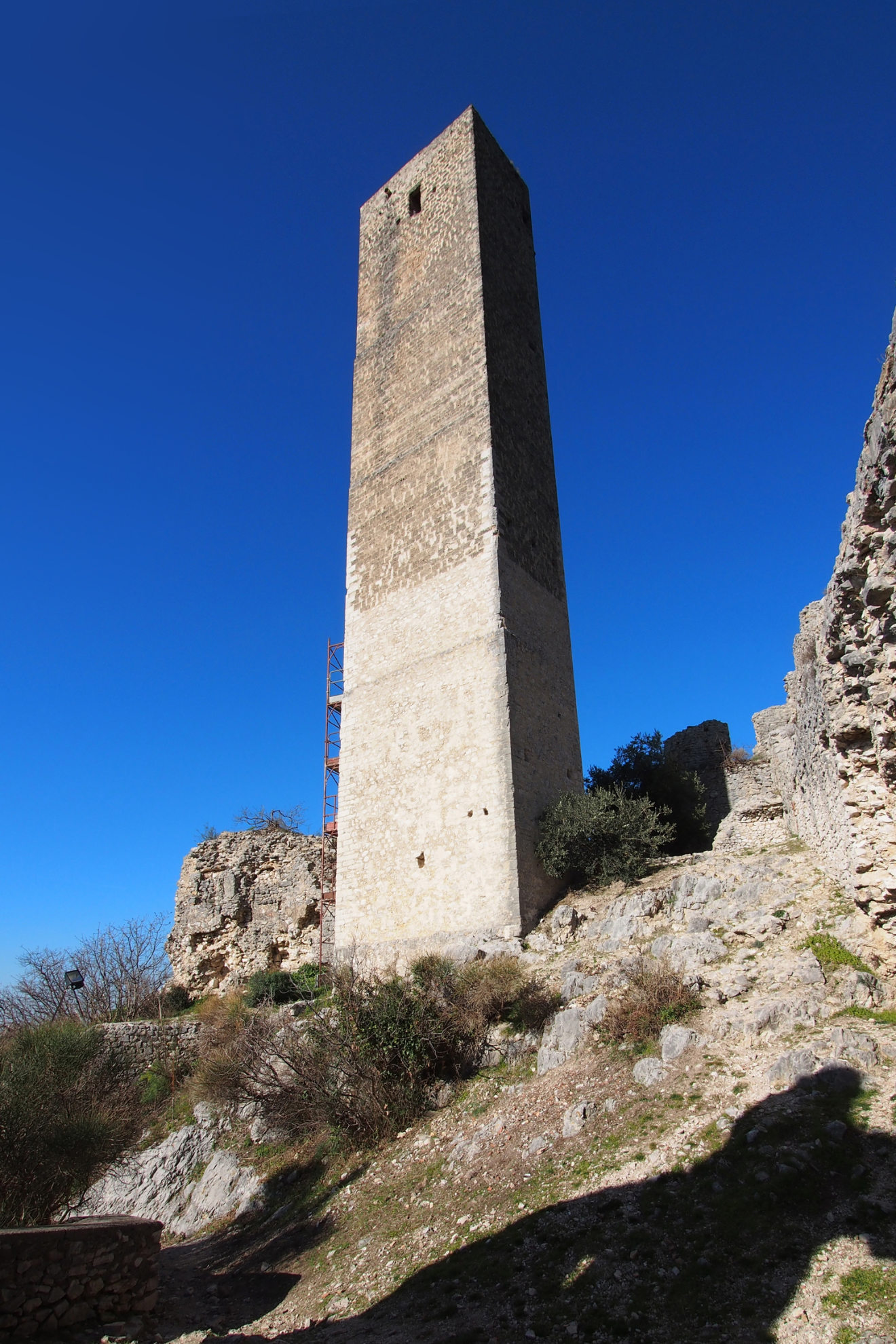
Two towns not far away and united by the same historical events. Catino was born first, between 652 and 774, at the behest of the Lombards and in particular of the Duke of Spoleto. The whole area of the Sabina in those years was dotted with castles, forts, which mainly performed a control function.
So also Catino was originally nothing more than a castrum, or rather a military settlement. It never became a settlement due to the calcareous nature of the soil and the presence of the chasm, which made it impossible to build a village around the castle. Thus the village was born a few kilometres away, in the area that was formerly called Poggio Moricone and today is known as Poggio Catino.
Poggio Catino | Ph. Roberta Venditti
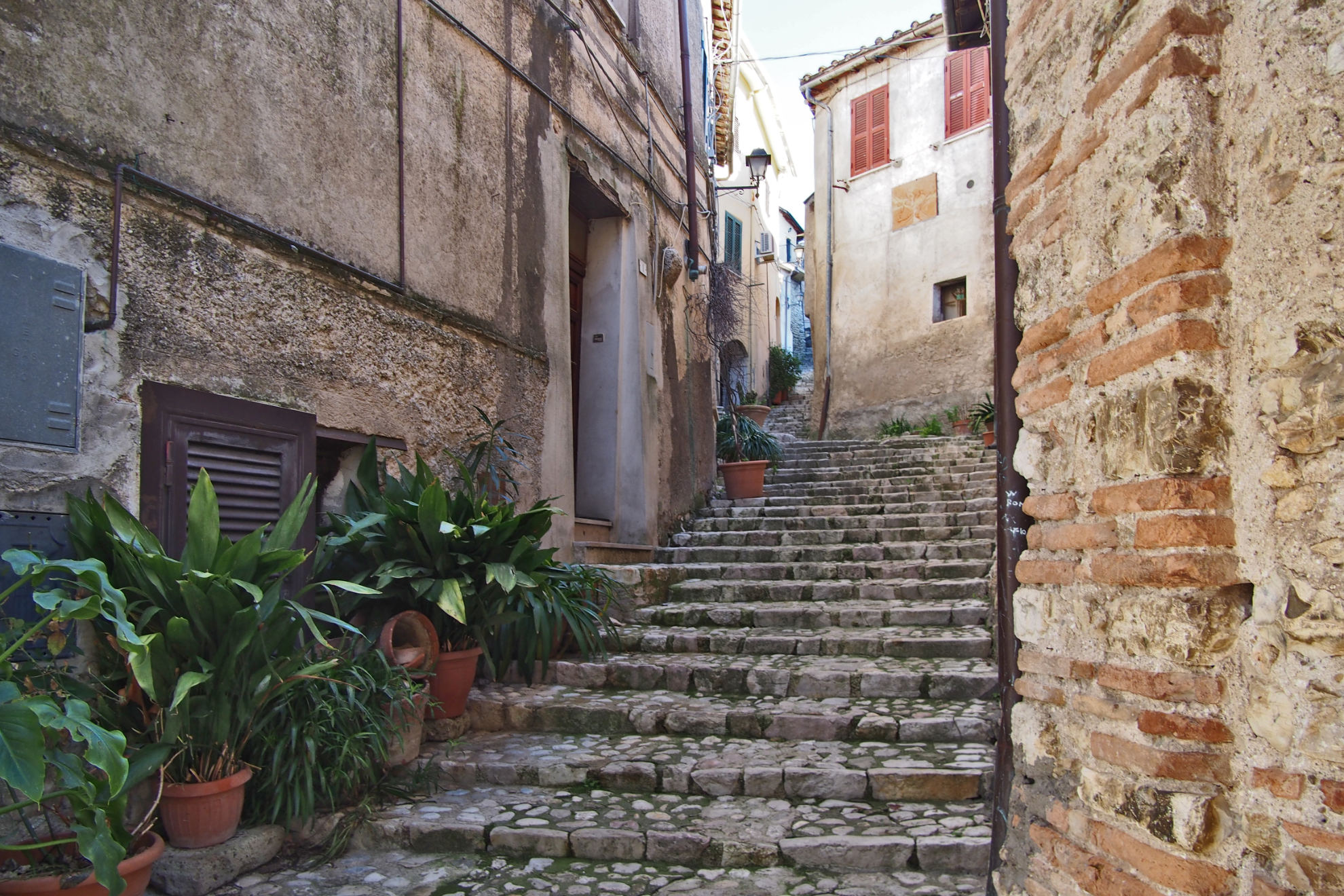
The castle played a crucial role at the time, because it was located along the old connection road, an alternative to the Salaria, between Lower Sabina and Rieti and marked the border between the Duchy of Rome and that of Spoleto. With the end of the period of the barbarian invasions, Catino fell under the control of the Farfa Abbey together with many other castles in the area, while Poggio Catino continued to grow until it became the beating heart of the area. As happened in many other places in Sabina, where the population lived inside the “hills” that watched over the valley below and used its resources.
